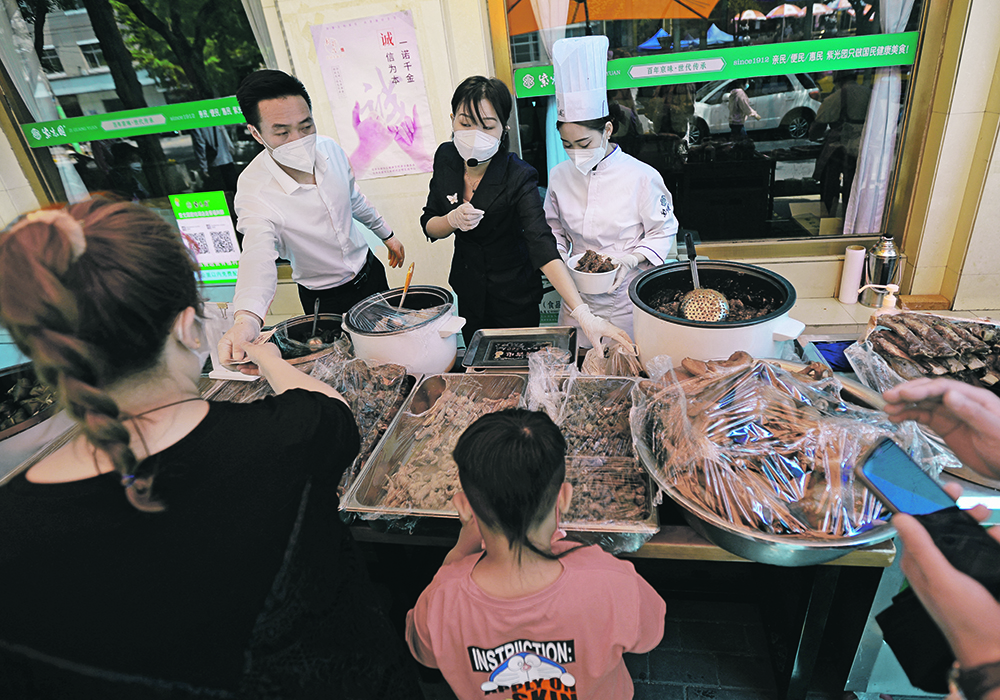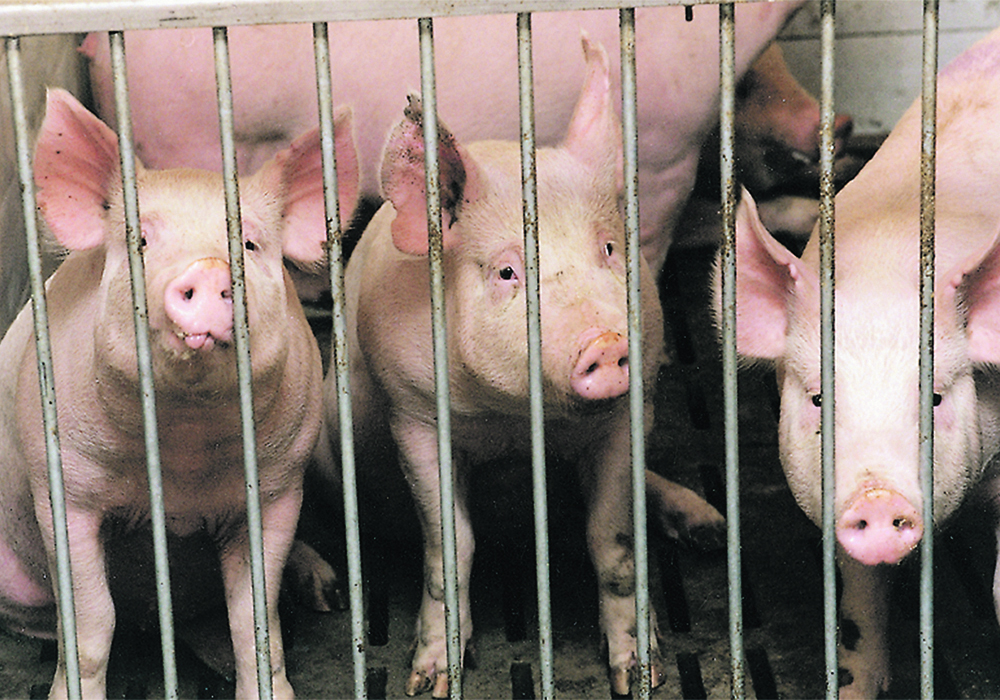Restaurant closures during recent lockdown reduce the country’s soyoil consumption, which is expected to cut imports
BEIJING, China (Reuters) — Plunging demand for soyoil in China is expected to cut consumption of the oilseed in the world’s biggest user as lockdowns to prevent the spread of COVID have shuttered restaurants and canteens, according to traders and analysts.
China is the world’s top consumer of edible oils, with millions of restaurants guzzling about half of the country’s roughly 17 million tonnes of soyoil consumed each year to fry food.
But a two-month lockdown in Shanghai, China’s largest and wealthiest city, and anti-COVID movement curbs in several other major cities have cut soyoil consumption, which will carry over to demand for soybeans.
Read Also

Volatile temperatures expected for this winter
DTN is forecasting a lot of temperature variability in the Canadian Prairies this winter. Precipitation should be close to average.
Demand for all edible oils in the 2021-22 marketing year beginning last September is set to drop 8.45 percent from a year ago to 39.02 million tonnes, the first decline this century, according to the National Grain and Oils Information Center, a government think-tank, because of the lockdowns, high soybean prices and substitution with animal fats.
Soyoil consumption in March fell 11 percent and by 15 percent in April from the same periods in 2019, before the COVID pandemic, according to estimates by Mysteel, a China-based commodity consultancy.
Overall soyoil usage will be 16.74 million tonnes in 2022, down about 500,000 tonnes from 2019.
“We normally would use about one bottle of edible oil, about five litres, a day, mostly soybean oil. Now with the restaurant shut, not a single trickle of oil gets used,” said a small restaurant owner in Beijing, who only gave his family name of Liu. His restaurant has been closed since the beginning of May.
For the 2021-22 crop year, the United States Department of Agriculture estimates China will consume 17.4 million tonnes of soyoil, down from 17.6 million tonnes in the 2020-21 period. The USDA predicts consumption to rebound in the 2022-23 crop year to a record of 18.05 million tonnes.
The slump in soyoil demand is expected to impact China’s overall bean imports. According to two China-based traders at international trading companies, the country has only covered about 30 percent of its monthly soybean import demand for July and only 20 percent for August.
The weak edible oil demand comes as soybean crushers already face poor demand for soymeal, the protein-rich animal feed ingredient also produced during the crushing process.
China’s industrial animal feed output in April slid nearly 11 percent from the previous year to 22.49 million tonnes, with pig feed down 15.2 percent because of expensive raw materials and weak hog production margins, according to the China Feed Industry Association.
Tightening COVID-related control measures that have restricted the movement of feed ingredients and pushed up transportation fees have also disrupted meal trade.
Soymeal inventories for the week ending May 20 have doubled since the end of March, with consumption in the week falling by 5.67 percent from a year earlier, according to Mysteel.
Benchmark soybean prices Sv1 have surged to their highest in almost 10 years because of tight global supply and that has squeezed crusher profits.
With high costs and weak demand, buyers who had already slowed purchases due to poor feed demand are even more reluctant to book too far ahead, traders and analysts said.
“Crushing plants have started selling soyoil contracts for future months, but the sale remains slow for July-September delivery,” said Jian Jianhui, an analyst with Mysteel.















